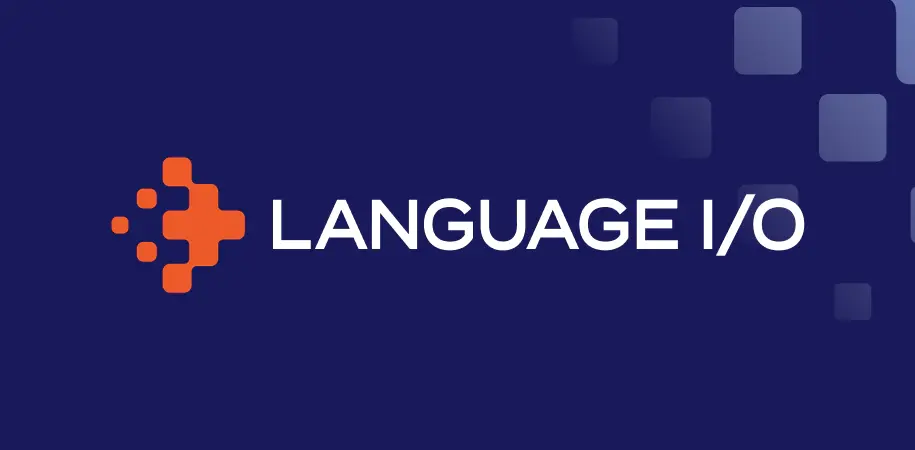How customers interact with brands today looks nothing like it did five years ago, let alone ten. These days, callers can make changes to their bank accounts, car insurance, and travel plans without ever having to speak to another human being thanks to tools such as interactive voice response (IVR). Meanwhile, it seems like you can’t go on a brand’s website without hearing that familiar ding and seeing a little robot appear in the bottom right corner, inviting you to share what brought you to the website and if there’s anything it can help you with.
The prevalence of IVR and chatbots speaks to the increasing trend of businesses using conversational AI as part of their customer experience strategy. Conversational AI refers to technology that employs natural language processing (NLP) to power interactions between humans and computers. While modern chatbots and other examples of conversational AI such as smart speakers are more recent developments, conversational AI has been around since MIT computer scientists first developed ELIZA. Another early application of conversational AI that many may remember is the SmarterChild chatbot, which appeared in the 2000s on AIM, MSN, and Yahoo Messenger, among others.
Flash forward to today, where Siri is a household name and more than 300 million households worldwide contain a smart home product. Conversational AI is part of our everyday lives, both personal and professional. But many applications of conversational AI fail to take into account the increasing expectation for excellent customer service: the ability to provide multilingual support.
The Case for Multilingual Chatbots
Buyers not only want brands to speak to them in their own language–they expect it. A study from CSA Research found that 60% of consumers in non-anglophone countries rarely or never make purchases from English-only sites, while 75% prefer to make purchases in their own language. And since chatbots have proven popular with consumers thanks to the speed at which they answer questions and the ability to provide 24-hour support, the expectation for multilingual support extends to chatbots as a customer experience channel.

There are a multitude of reasons to implement a multilingual chatbot. Not only does it enable companies to reach and support a wider audience, but it also gives those brands an edge over competitors who do not provide this level of support. Even better is that relying on a multilingual chatbot to field common, easily answered questions from users in any language allows support agents, including those who are multilingual, to focus their valuable time on customer requests that require a more personalized, human touch. All of this combined contributes to greater satisfaction on behalf of both customers and agents, serving to improve retention rates and reduce agent attrition.
Bundle: The Ultimate Guides to Multilingual Customer Support
This bundle offering contains three guides covering how to best provide multilingual support over live chat, email, and chatbots.
Making Your Chatbot Multilingual
Many organizations already recognize the need to provide multilingual customer support, but run into challenges when trying to execute it. 81% of companies find the process of training a single chatbot more difficult than expected, on account of the significant time and resources required to train and deploy a chatbot. Duplicating this effort across multiple languages becomes cost- and time-prohibitive for many organizations as a result, leading to abandonment rates of 40%.
So how can brands achieve providing multilingual support on chatbots without running into these same obstacles?
The answer: deploy a solution that layers itself between the chatbot and a machine translation resource. This removes the need to train a new chatbot for each language your customers speak, while still enabling your chatbot to provide support to your global customers. At Language I/O, our solution does just that by plugging into your existing chatbot and generating accurate machine translations tailored to your business and data. This significantly reduces the amount of time required to stand up a multilingual chatbot, while achieving the same goal of providing multilingual customer experiences. Also with our solution, chatbots in other languages can achieve the same level of accuracy as those in the language they are first built in.
The Future of Conversational AI: Multilingual Voice Interactions
Providing text-based support in any language is just one component of improving multilingual customer engagement. Self-service customer support channels, such as chatbots and knowledge base articles, help reduce the number of incoming calls or queries demanding agent attention, but this doesn’t erase the need for human-to-human interaction. In fact, a personalized human touch is needed for very complex issues where machines could struggle.
Today’s customer service inputs are multi-modal, with voice-based interactions playing a key role. With the right technology in place, AI systems can provide intelligence not only in text-based conversations, but also in those involving speech. Voice interactions are growing fast, not only through traditional channels, such as via phone, but also through asynchronous voice messages and voice search. In 2019, 25% of searches conducted on Windows were voice searches, while voice commerce sales are expected to see an increase of over 2,000% from 2017 to the end of 2022.
All customer experience models need to be multi-modal, as customers should be able to use the channel they are most comfortable with. To this end, brands must already be thinking today about how to support voice interactions in multiple languages.
Looking to implement a multilingual chatbot or want to learn more about how Language I/O supports omnichannel customer support in more than 150 languages? Reach out to us today or sign up for our free 14-day trial.

Diego Bartolome
Chief Technology Officer at Language I/O
Diego has been working for over 16 years at the intersection of languages and technology to help people and companies communicate in any language. He has built cohesive teams to create, improve, and scale tech products with a deep business impact both at his own start-up tauyou and at TransPerfect. Prior to Language I/O, he worked on cognitive services (language, speech, vision, and decision) at Microsoft.



